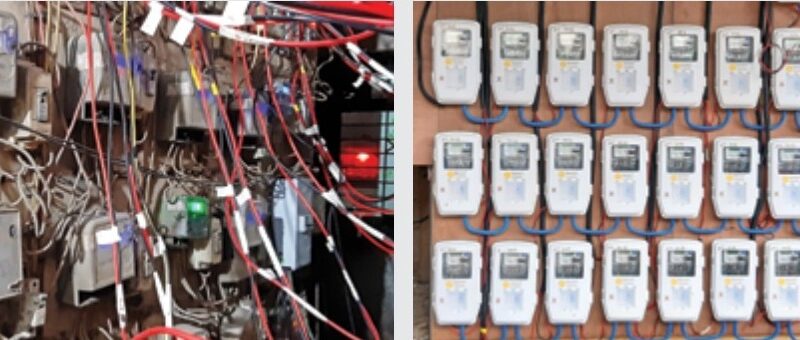Policy reforms and technology intervention will hold the key to bringing commercial viability to India’s power distribution reforms. In the entire power value chain, it is the last-mile distribution where almost the entire commercial losses are concentrated. Resurrecting the power distribution space is therefore the only way to make the power value chain a profitable enterprise.
Very recently, the Union power ministry introduced “time of day (ToD)” tariffs. This was done by suitable amendments to the “Electricity (Rights of Consumers) Rules, 2020”.
ToD tariff marks a paradigm shift from the ubiquitous “same tariff” regime that has always been the historical norm. Basically, under the ToD mechanism, the electricity tariff will vary according to the time of the day (ToD). This can bring about a drastic change in the way electricity is consumed.
A consumer can now prefer to run heavy loads when tariffs are low. In other words, consumers will feel dissuaded to indulge in high electricity consumption when tariffs are high. This can, over a period of time, potentially flatten the peak demand curve.
It is not that the ToD tariff culture is entirely new to the nation; some private power distribution utilities have been experimenting with ToD tariffs on a pilot basis. In general, it is intuitively clear that electricity tariff in the day should be higher than that at night. This is for the simple reason that peak demand would exist during the day time when maximum consumption from industrial and commercial consumers takes place. However, now with renewable energy (mainly solar) expected to dominate the energy mix, tariff during solar hours (duration of eight hours as specified by the respective State Electricity Regulatory Commission) would be 10-20 per lower than normal tariff. In non-solar hours, tariff would be 10-20 per cent higher.
What ToD tariff is expected to do is to create “conscious” consumption of electricity. Right now, electricity is available practically round-the-clock – both in urban and rural areas. This makes electricity an “on-tap” commodity with consumption dictated by no factor other than need. When ToD comes into the picture, the dimension of tariff will set into the minds of the consumer. One can therefore expect that there electricity consumption will become judicious in nature.
The ToD facility will complement the benefits of smart prepaid metering. In a broad sense, while prepaid metering will ensure that power distribution companies become commercially viable (as monies will be collected before actual consumption of electricity), ToD tariff can help the consumer extract maximum electricity consumption for the payment made.
Two important benefits will accrue from the ToD tariff regime — rationalization and judicious management of electricity consumption. Both of these can prove effective agents of demand side management.
The author Venugopal Pillai is Editor, T&D India, and may be reached on venugopal.pillai@tndindia.com. Views are personal.







